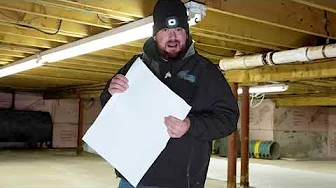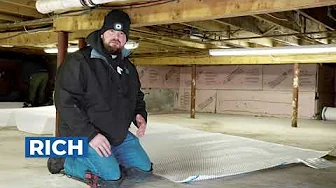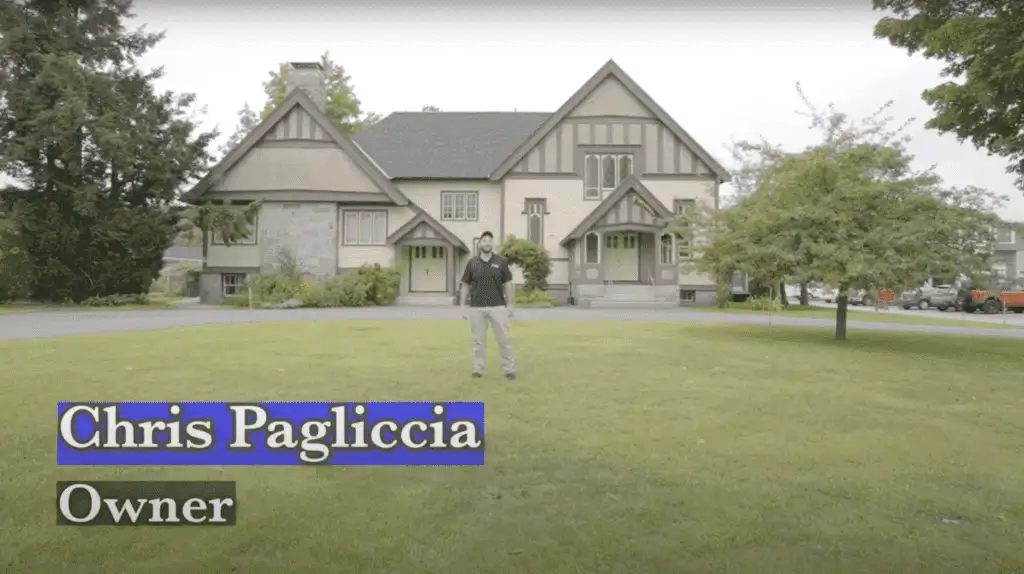Radon Mitigation Weston MA
Radon is a naturally occurring gas that can become a serious health risk when concentrated inside homes. Found in soil, rocks, and water, it can seep through cracks and openings in buildings, accumulating to hazardous levels. For homeowners in Weston, MA, radon mitigation is essential for ensuring a safe and healthy living space. Protecting your family from radon exposure begins with understanding the problem and taking action.
Real People - Real Great Results
Crawl Space Video Playlist
What Is Radon?
Radon is an invisible, odorless radioactive gas that comes from the natural breakdown of uranium in soil, rock, and water. It’s sneaky—seeping up through cracks in your home’s foundation, gaps around pipes, or even tiny imperfections in your floors. Picture it like an uninvited guest slipping through every crack and crevice, except this one doesn’t just raid your fridge—it puts your health at risk.
Here’s the real kicker: radon is a major health hazard. Breathe it in over time, and you’re putting yourself in the crosshairs of lung cancer. In fact, it’s the second leading cause of lung cancer after smoking and the #1 cause among non-smokers. That’s a harsh reality, but it underscores why radon can’t be ignored. It’s like having a silent, ticking health bomb in your basement.
Though radon comes from nature, homes can make the problem worse. Poor ventilation lets it accumulate, turning what might be negligible levels outdoors into seriously hazardous concentrations indoors. It’s not a matter of “if” radon is present; it’s a matter of “how much.” Testing your home is the first step in figuring that out—and trust us, it’s worth doing. Because when it comes to radon, ignorance isn’t bliss—it’s risky business.
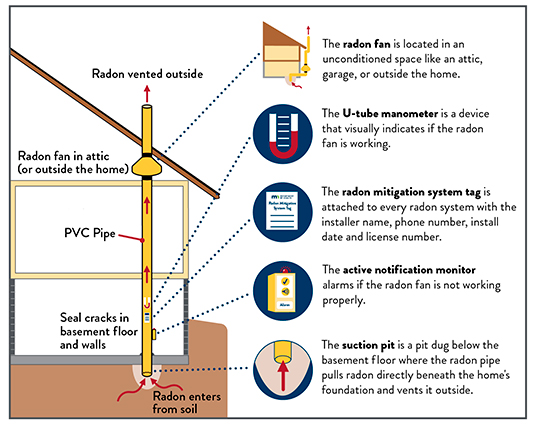
Why Radon Mitigation Matters in Weston, MA
Weston, MA, isn’t just known for its picturesque New England charm—it’s also part of a region where radon is a real and recurring problem. Thanks to the natural breakdown of uranium in the area’s underlying granite bedrock and soil, radon gas can sneak its way into homes more often than many residents would expect. In fact, radon levels in Weston homes tend to run higher than the national average, making testing less of an option and more of a necessity. While calm landscapes and sturdy old homes may be the hallmark of Weston living, those same features often translate to properties ripe for radon infiltration.
State laws in Massachusetts recognize the risks, but there’s no mandated testing for property sales like in some other states. Translation: It’s on you, the homeowner, to detect and address radon levels. The Environmental Protection Agency (EPA) says 4 pCi/L is the maximum “acceptable” limit for radon concentration, but the truth is any level poses some risk. Studies have shown that more than 1 in 5 homes in Massachusetts test above the EPA’s guideline—and Weston is no exception. Without proper mitigation, those levels can lead to years of chronic radon exposure, raising the odds of long-term illnesses, including lung cancer.
Living in Weston comes with its fair share of New England weatherproofing challenges—think snow, storms, and humidity. But radon mitigation isn’t something you can just DIY with a tarp and some duct tape. An ounce of prevention (or in this case, a professional radon mitigation system) goes a long way toward safeguarding your family’s health. Testing is the first step, and for Weston residents, it’s an investment in peace of mind and a healthier tomorrow.
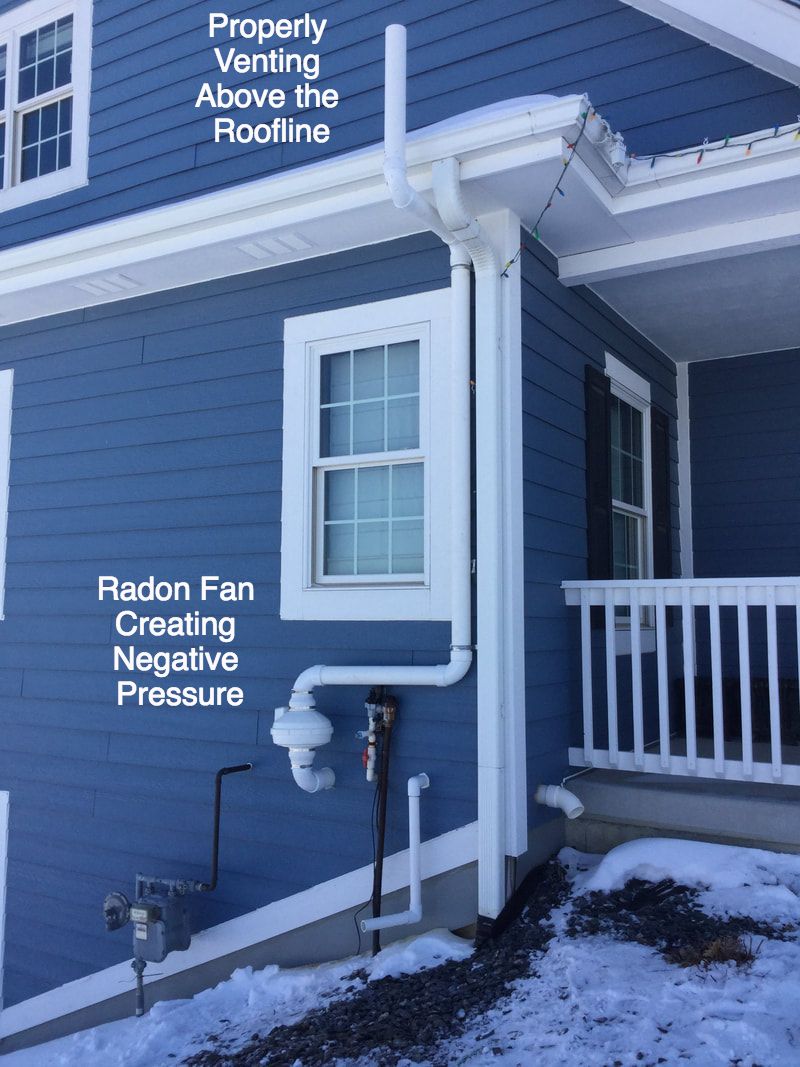
How Radon Mitigation Works
When it comes to radon, ignorance is never bliss. The good news? Mitigation isn’t rocket science, but it does require a solid plan and some expert muscle. Whether you’re starting from square one or looking to upgrade an existing system, here’s a no-frills breakdown of how radon mitigation gets done.
The Process of Radon Testing
Before any action is taken, you need hard data. Radon doesn’t knock on your door and announce its arrival—you have to chase it down. This starts with testing. Homeowners have three main choices when it comes to radon testing:
- Short-Term Test Kits: Think of these as quick snapshots, often used for initial screening. They typically stay in your home for 2–7 days and are great for figuring out if you’ve got a potential problem on your hands.
- Long-Term Test Kits: Want the full picture? These can collect data over a span of 3 months to a year, providing a clearer look at seasonal fluctuations in radon levels.
- Professional Testing: When you want no guesswork, hire a pro. Not only do they have more advanced tools, but they’ll also give you accurate, actionable results.
The EPA considers radon levels below 4 picocuries per liter (pCi/L) acceptable. Anything higher? Time to act. And don’t get too comfortable if your initial test comes back clean—radon isn’t static. Regular testing is key, especially if structural changes have been made to your home or if it’s been a while since your last test.
Key Radon Mitigation Techniques
Once testing confirms radon’s presence, the real work begins. Each home is different, and solutions often come down to its age, design, and foundation type. Here are the most common mitigation methods that professionals turn to:
- Sub-Slab Depressurization: This technique is the MVP of radon mitigation. A fan-and-pipe system is installed beneath your home’s foundation (the “slab”) to draw radon-laden air from the soil and vent it safely outside. It’s subtle, effective, and works without breaking a sweat. If your home has a crawl space or unfinished basement, variations of this method can also be applied.
- Sealing Cracks and Openings: Radon’s entry points—the tiny cracks in your foundation, gaps around utility pipes, or exposed dirt in crawl spaces—can be sealed. This isn’t a silver bullet (radon gas doesn’t take “no” lightly), but combined with other techniques, it helps reduce the load. Think of it as locking a few doors while your main system handles the heavy lifting.
- Basement and Crawl Space Ventilation: Improving airflow is like cracking a window for your home’s radon problem. Ventilating these spaces can dilute radon levels, preventing it from accumulating to dangerous concentrations. Alone, it’s not going to win the war, but as a sidekick to a depressurization system? Solid team effort.
At its core, radon mitigation is about strategic airflow and containment. Once installed, systems require minimal upkeep, and the results are immediate. Testing confirms success, and from there, it’s all about sticking to maintenance. Radon isn’t a one-and-done fight—but with the right tools, it’s one you can win.
Choosing a Radon Mitigation Contractor
Finding the right radon mitigation contractor isn’t just a box to check—it’s a critical step in ensuring the job is done correctly and your home is safe. Not all contractors are created equal, and hiring someone unqualified can lead to ineffective systems or costly mistakes down the line. Here’s how to approach the process with clarity and purpose.
- Vet Credentials Like Your Health Depends on It (Because It Does): Start by confirming that the contractor is licensed and certified in radon mitigation. Certification programs like those from the National Radon Proficiency Program (NRPP) or the National Radon Safety Board (NRSB) signal that the contractor has undergone the necessary training and adheres to established standards. Skip anyone who can’t verify this—your time and health are too precious.
- Look Beyond Sales Pitches: A solid reputation matters. Ask for references or check online reviews to see how past clients felt about their work. Ideally, prior customers will back up claims about reliability, professionalism, and quality installations. A track record of consistent and successful projects should weigh heavily in your decision-making.
- Demand Transparency: The best contractors won’t shy away from providing a detailed, written estimate. The estimate should cover everything—labor, materials, and the scope of work—so there are no surprises when the invoice lands. They should also walk you through how they plan to approach your specific home, tailoring the mitigation system to address its unique radon risks.
- Understand the Costs and Timeline: Radon mitigation isn’t cheap, but it doesn’t have to break the bank, either. Expect costs to range between $800 and $2,500, depending on factors like your home’s size, foundation type, and the complexity of the system. The contractor should be upfront about pricing and estimate how long installation will take—typically one to two days for most homes.
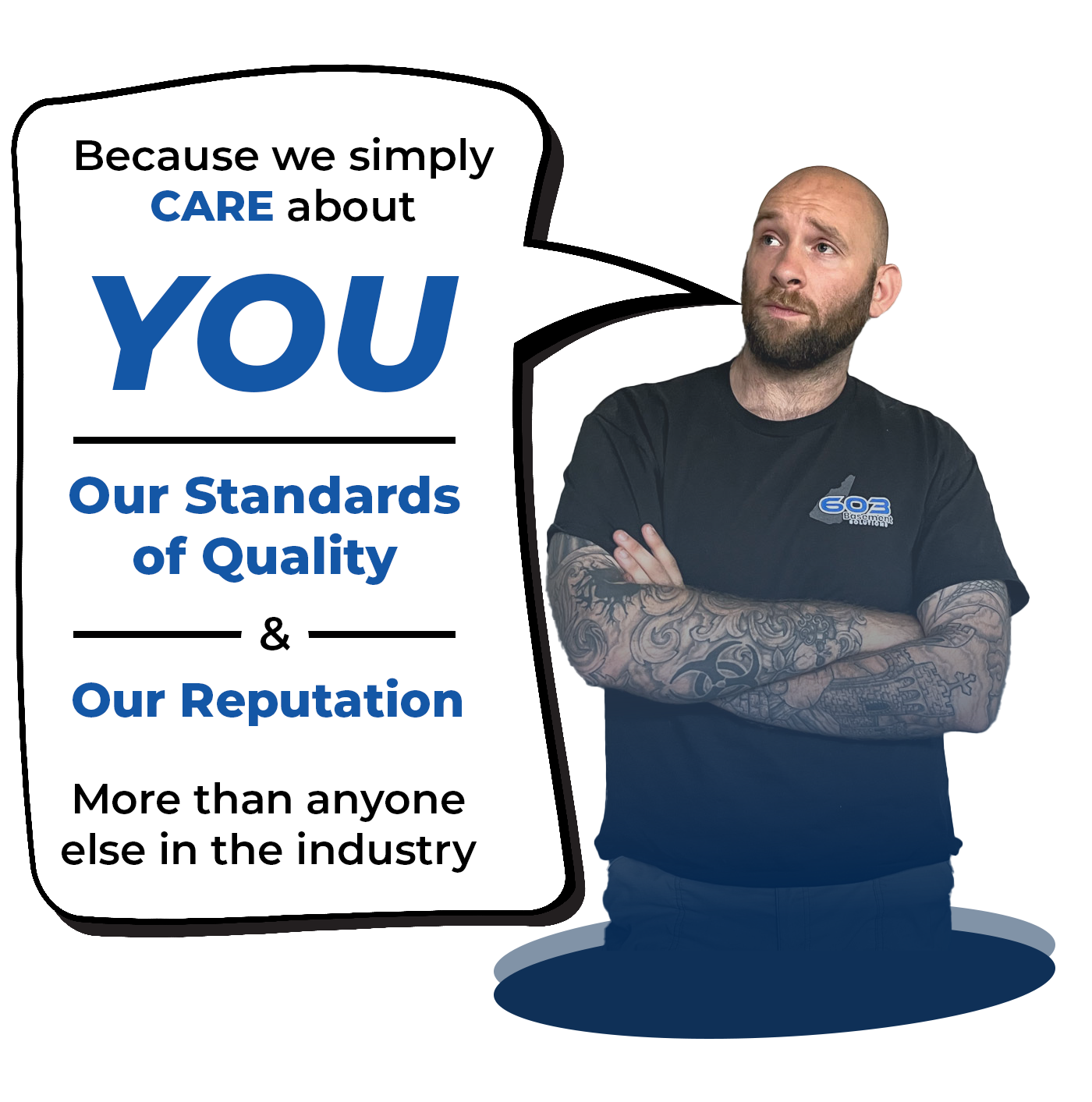
- Avoid Shortcut Takers: Not all solutions are created equal, and neither are the people installing them. Steer clear of anyone who pushes sealing cracks as a standalone mitigation strategy or who seems vague about the system’s long-term maintenance needs. A legitimate pro will emphasize a comprehensive approach, such as sub-slab depressurization, and explain why certain methods may or may not work for your home.
In short, choose someone who treats your home like their own. Hiring the right radon mitigation contractor is an investment in your safety, so don’t cut corners—it’s worth the extra effort to get this right.
Long-Term Radon Safety Practices
Radon mitigation isn’t a set-it-and-forget-it kind of deal. Even the most well-designed systems require ongoing attention to stay effective. A crucial first step is scheduling regular maintenance for your mitigation system. Fans, pipes, and seals wear out over time, and a malfunction could mean radon slowly creeping back to unsafe levels. At a minimum, aim for an annual inspection by a certified radon professional who can spot issues before they grow into expensive—or dangerous—problems.
Another key practice is retesting your home. Just because your radon levels tested safe once doesn’t mean they’ll stay that way forever. Shifting soil, foundation settling, and home renovations can all alter how radon enters your house. The EPA recommends retesting at least every two years or immediately after any major structural changes. Long-term reliability comes from catching and addressing potential spikes early.
You might also want to think ahead when it comes to upgrades. As radon mitigation technology continues to improve, newer systems can run more efficiently and last longer. If your system is over a decade old or showing its age, replacing it with a next-generation model can boost performance and peace of mind. Some homeowners also add backup power sources to keep systems running during outages—important in areas like Weston where winters can knock out electricity.
Ultimately, keeping radon at bay is a continuous effort, but it’s one that pays off year after year. A little foresight and consistent attention will ensure your home remains safe and radon-free for the long haul.
Health Benefits of Prioritizing Radon Mitigation
Radon exposure isn’t a hypothetical threat—it’s a proven, silent danger. The science is clear: elevated radon levels increase the risk of lung cancer, even for non-smokers. By investing in radon mitigation, you’re not just lowering numbers on a test result; you’re actively shielding your family from the second-leading cause of lung cancer in the U.S.
Peace of mind is another key benefit that’s hard to quantify, yet deeply valuable. Knowing your home is no longer a hot spot for radioactive gas lets you sleep better at night. It’s one less invisible threat to worry about in a world already full of tangible ones.
Addressing radon also boosts your home’s value. Savvy buyers do their homework, and a functioning mitigation system signals diligence and care. In a competitive market like Weston, this can give you a financial and reputational edge. Radon mitigation isn’t just a box to check—it’s an investment in both health and property integrity.
Conclusion
Radon is invisible, odorless, and easy to ignore—until it’s not. For homeowners in Weston, MA, tackling this silent threat is not just a recommendation; it’s a responsibility. By identifying the risks, testing regularly, and investing in proven mitigation techniques, you can lower radon levels and safeguard your household from its harmful effects. While the process might seem overwhelming at first, the payoff is clear: a healthier home, peace of mind, and even a boost in property value. Radon doesn’t wait, and neither should you—start with a test, and take it from there.
Reviews from Happy Customers
Our top priority is customer satisfaction, and we work closely with clients to understand their unique needs and goals.




